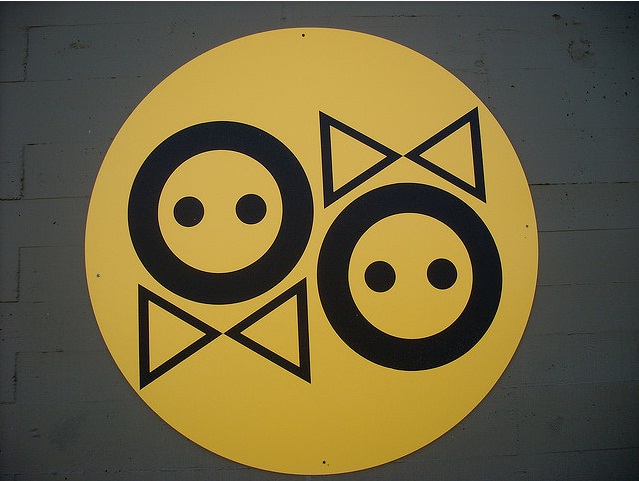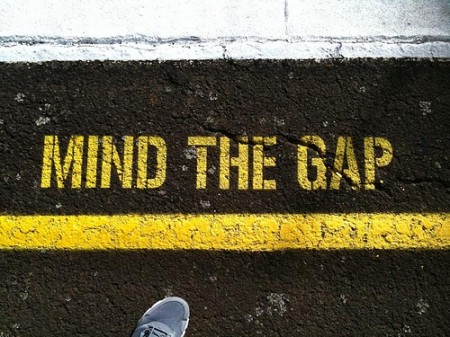
Humans like to categorize and classify things – it helps make life easier. Well, at least some people’s lives. For others, trying to squeeze themselves into these boxes is nearly impossible.
So the news that Australia has decided to allow people to select “X” as a gender on their passports – as opposed to M(ale) or F(emale) – comes as welcome relief to the transgender and intersex communities. Back in 2009, the Australian Human Rights and Equal Opportunity Commission undertook a study into the issues surrounding the legal recognition of sex and gender in official documents. The participants’ comments were enlightening.
It surprised me to find that Australia is not the first state to (officially) acknowledge gender possibilities beyond the simple male/female dichotomy. Other groups have already successfully petitioned for an alternative choice: in India, the hijra can use “E” for ‘eunuch’, and in Bangladesh they can choose “Other”.
However, being able to choose this third option in Australia is currently restricted to those able to support their claim with a doctor’s statement. Why should this be the case? The Yogyakarta Principles state that it should be an individual’s self-defined identity which matters. Indeed, it got me wondering why on earth gender needs to be listed in a passport at all.
In the Australian Human Rights Report mentioned above, the main concern was apparently “national security”. Australian senator Louise Pratt stated that this reform “was a major improvement for travelers facing questioning and detention at airports because their appearance does not match their gender status.” But why does that matter? Surely it is more critical that their face matches the photo. So once more, why does gender need to be listed in a passport?
But, since we’re playing the categorization game, which box would you put internationally renowned model Andrej Pejic in — so as to no longer pose a threat to national security?
Update (20 Sep): It seems that the UK government is now asking itself the same question on whether gender needs to be listed in a passport, in a move spearheaded by the Liberal Democrat party. The Home Office’s Identity and Passport Service (IPS) said in a statement: “IPS is considering the gender options available to customers in the British passport. We are exploring with international partners and relevant stakeholders the security implications of gender not being displayed in the passport.”


